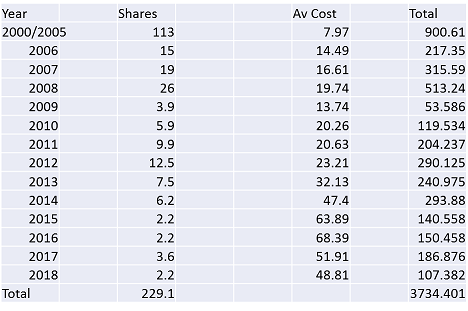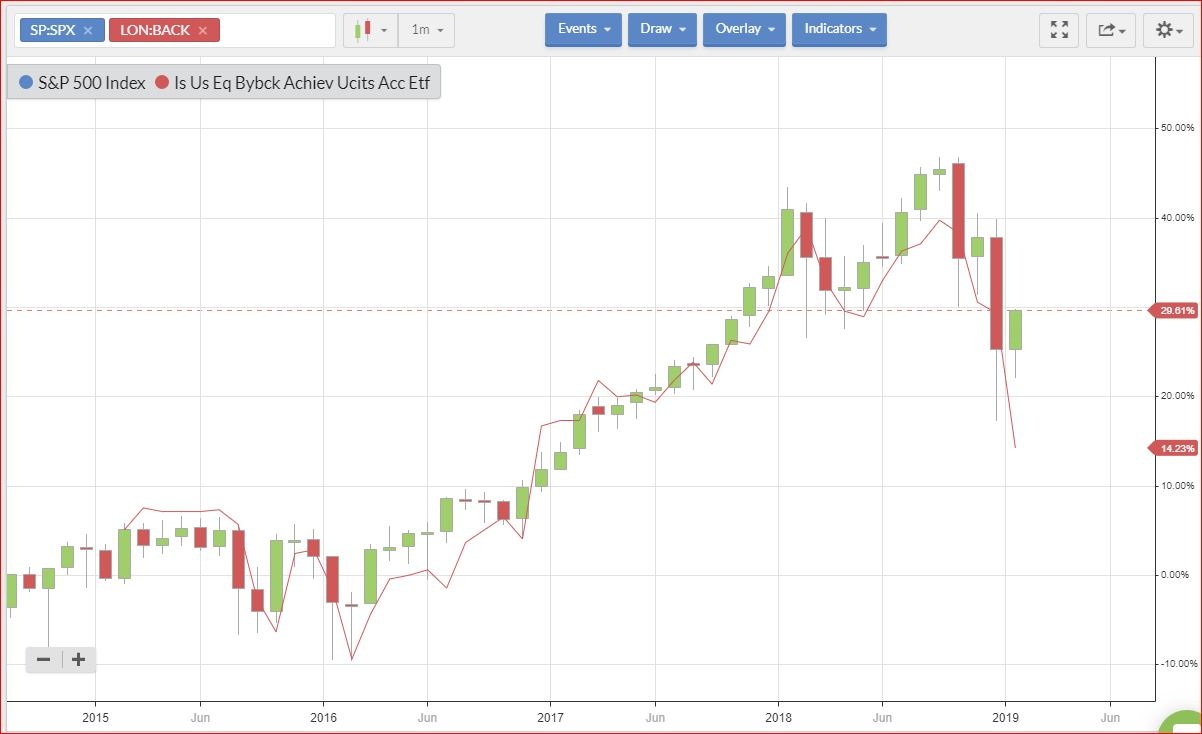Seeing the elephant
Focusing too much on operations and not enough on capital allocation can be dangerous.
In his book, Shareholder Yield: A Better Approach to Dividend Investing, US author and investor Meb Faber tells the Indian parable of the blind men and the elephant. The curious group hears about a strange animal. They seek it out and each one inspects a different part of its body before arguing about what to make of this strange beast. “The creature is some kind of snake.” said the man who felt its trunk.
“No, no.” disagreed the next man, who felt its front leg. “The elephant is straight and sturdy, like a tree trunk.” And on and on they go, each party insisting the elephant is something else entirely. None of them could see the complete picture and all of them made incorrect conclusions.
When it comes to looking at stocks, to see the elephant, it helps to look not just at how a company generates cash, but how productively it deploys capital. A steadily increasing dividend isn’t always in the best interests of a company, for example. In fact, sometimes, it can get in the way of future growth.
Efficient capital allocation is one of the fundamental drivers of future value and the way companies distribute their resources is changing. How do we keep up?
The capital deployment tool kit
Companies have five main “tools” for deploying capital
Understanding when to use which tool is vital in creating shareholder value
Financial records are littered with examples of poor capital allocation
Warren Buffett points us to William Thorndike’s The Outsiders: Eight Unconventional CEOs and Their Radically Rational Blueprint for Success. One passage, in particular, stands out:
“CEOs need to do two things well to be successful: run their operations efficiently and deploy the cash generated from those operations. Most CEOs (and the management books they write or read) focus on managing operations, which is undeniably important…” writes Thorndike.
“Basically, CEOs have five choices for deploying capital -- investing in existing operations, acquiring other businesses, issuing dividends, paying down debt, or repurchasing stock -- and three alternatives for raising it -- tapping internal cash flow, issuing debt, or raising equity. Think of these options collectively as a tool kit. Over the long term, returns for shareholders will be determined largely by the decisions a CEO makes in choosing which tools…

.jpg)









